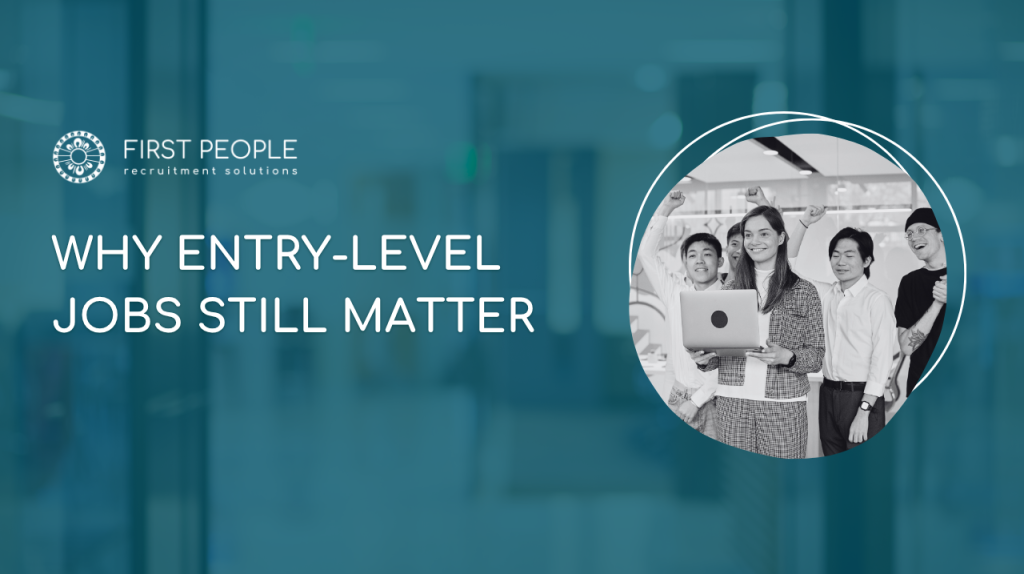Hybrid work models blend remote work with traditional office-based work, allowing employees the flexibility to work from different locations. This model recognizes that while remote work can boost productivity and work-life balance, face-to-face interactions remain crucial for collaboration, innovation, and company culture.
Key Features:
- Flexibility and Autonomy: Employees have greater control over their work environment and hours, which can lead to increased job satisfaction and productivity.
- Technology Integration: Continued investment in technology to support collaboration and communication is essential, including cloud-based platforms, project management tools, and secure connectivity solutions.
- Workplace Design: Offices are being reimagined and redesigned to support collaboration and social interaction, moving away from traditional desk setups to more dynamic, shared spaces.
- Employee Well-being: There’s a stronger focus on mental health and well-being, with companies offering more support services, flexible working arrangements, and initiatives that promote a healthy work-life balance.
- Talent Acquisition and Retention: The ability to offer hybrid work options is becoming a competitive advantage in attracting and retaining talent. Employees are increasingly seeking employers that offer flexibility and work-life balance.
Implications for Employers and Employees:
- Employers need to adapt their management and leadership approaches, focusing on outcomes rather than hours logged. They also need to ensure equity between remote and in-office employees, maintaining a cohesive company culture and facilitating effective communication.
- Employees are encouraged to develop strong self-management and communication skills, adapting to a work environment that values autonomy and results over traditional office presence.
Challenges:
- Ensuring all team members feel equally included and have access to the same opportunities, regardless of their physical location.
- Maintaining a strong company culture and employee engagement in a dispersed work environment.
- Addressing potential overwork and burnout issues as the boundaries between work and home life blur.
This trend towards hybrid work models in Australia reflects broader global shifts in the workplace, driven by technological advancements, changing employee expectations, and the ongoing impact of the COVID-19 pandemic.
As we move further into 2024, it’s likely that we’ll see further evolution and refinement of these models as businesses and employees alike seek to balance productivity, well-being, and flexibility.



